Discover inspiring art portfolio examples in PDF format to showcase your creativity. These templates offer a professional way to organize and present your artistic work effectively.
What is an Art Portfolio?
An art portfolio is a curated collection of artwork that showcases an artist’s skills, creativity, and style. It is a visual narrative of their artistic journey, often used to apply to art schools, galleries, or professional opportunities. A portfolio typically includes a selection of an artist’s best and most representative pieces, demonstrating their technical abilities and creative vision. It can be presented in physical or digital formats, such as a PDF, which is widely used for its convenience and accessibility. Whether for a student or a professional, an art portfolio serves as a critical tool to communicate their artistic identity and capabilities to audiences. It is not just a compilation of work but a thoughtfully organized presentation that highlights the artist’s unique voice and growth.
Why Use a PDF Format for Art Portfolios?
The PDF format is highly recommended for art portfolios due to its versatility and consistency across devices. PDFs ensure that your artwork is displayed exactly as intended, preserving layout, colors, and resolution. This format is universally compatible, making it easy to share via email or online platforms. Additionally, PDFs are secure and cannot be easily altered, protecting your intellectual property. They also allow for easy organization, enabling you to create a structured portfolio with a table of contents and navigable sections. For artists, a PDF portfolio is a professional and practical choice, offering a polished presentation that enhances their credibility. It is also space-efficient, making it ideal for submitting work to schools, galleries, or employers without the hassle of physical transportation.
Key Characteristics of a Strong Art Portfolio
A strong art portfolio showcases high-quality, curated work that demonstrates creativity, technical skill, and a clear artistic voice. It should highlight versatility and originality, with pieces that reflect your unique perspective and style. A well-organized structure is essential, with a logical flow that tells a story or conveys your artistic journey. Including a variety of mediums or techniques can illustrate your range and adaptability. High-resolution images are crucial to ensure your work is presented professionally. Additionally, a strong portfolio often includes a statement of intent or artist statement to provide context and deepen understanding of your creative process. Regular updates and a focus on your best work ensure your portfolio remains relevant and impactful. Tailoring your portfolio to your audience, such as art schools or galleries, can also enhance its effectiveness.
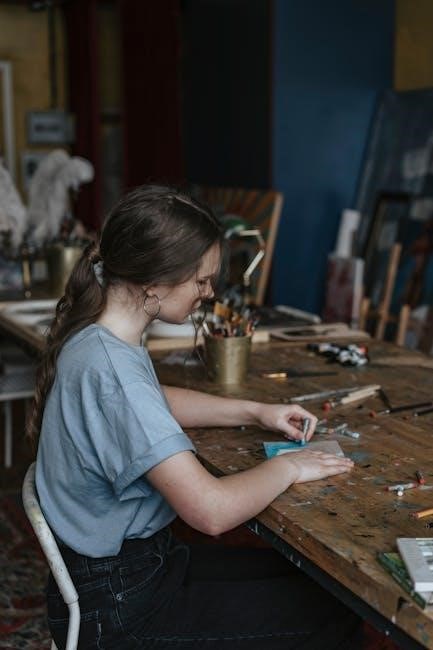
Types of Art Portfolios
Portfolios can be digital, print, or specialized for specific art forms like photography, sculpture, or graphic design, each tailored to highlight unique artistic strengths and styles effectively.
Digital vs. Print Portfolios
Digital and print portfolios serve different purposes in showcasing artistic work. Digital portfolios, often in PDF format, are convenient for sharing online, easy to update, and space-efficient. They allow artists to present a wide range of work in a compact, professional manner. Print portfolios, on the other hand, offer a tactile experience and are often used for in-person meetings or exhibitions. While digital portfolios are ideal for submissions and online platforms, print portfolios can leave a lasting impression in face-to-face interactions. Both formats have their advantages, and many artists choose to maintain both to cater to different audiences and opportunities.
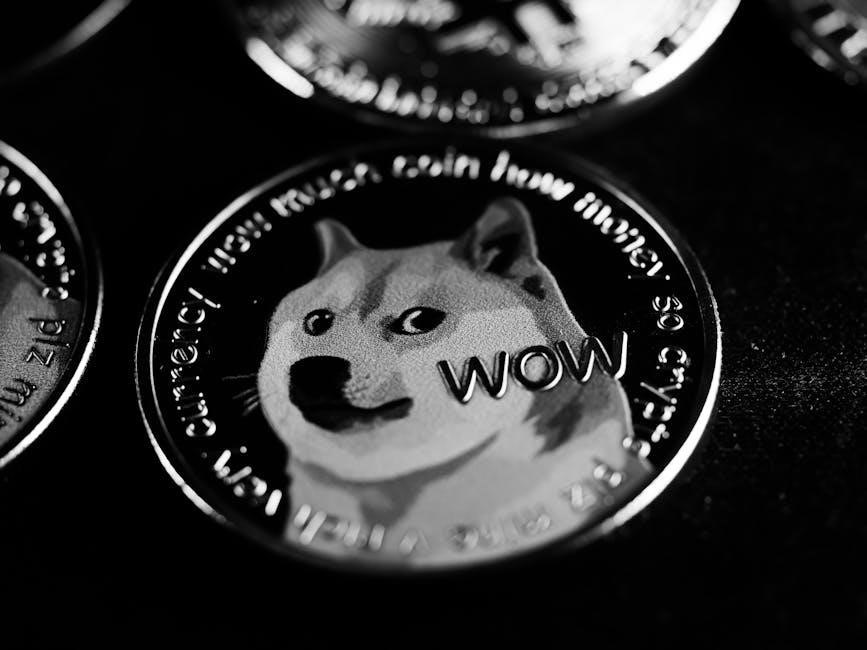

Specialized Portfolios for Different Art Forms
Art portfolios can be tailored to specific art forms, ensuring a focused and impactful presentation. For painters, a portfolio might emphasize color theory and composition through high-quality images. Sculptors often include detailed shots of textures and three-dimensional perspectives. Photographers may organize their work by themes or series, while digital artists showcase animations or interactive elements. Each format, whether digital or print, is optimized to highlight the unique aspects of the art form. This specialization allows viewers to appreciate the artist’s technical skills and creative vision, making the portfolio more engaging and relevant to its audience.
Creating an Art Portfolio
Start by selecting your best artwork, ensuring variety and coherence. Organize pieces logically, and design a visually appealing layout. Include a contents page for easy navigation.
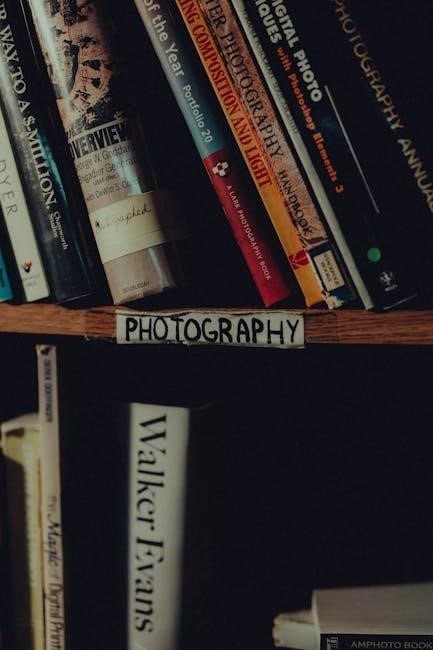
Choosing the Right Artwork
Selecting the right artwork for your portfolio is crucial. Focus on pieces that demonstrate your creative development, technical skills, and personal style. Include a variety of works to showcase versatility, such as paintings, drawings, and installations. Ensure the chosen pieces reflect your artistic journey and highlight your unique perspective. Consider including both finished projects and process-oriented works to reveal your creative thinking. Balance creativity with consistency, ensuring the portfolio feels cohesive. Prioritize high-quality images and proper formatting to make your work stand out. Remember, the goal is to present a compelling narrative of your artistic abilities and vision. Use this opportunity to tell your story through your art.
Organizing Your Portfolio
Organizing your art portfolio effectively is essential for making a strong impression. Start with a clear contents page and arrange your artworks in a logical sequence. Consider grouping pieces by theme, medium, or chronological order to showcase your progression. Include high-quality images of your best work, ensuring consistency in sizing and formatting. Use page numbers and clear titles to enhance navigation. Dedicate a section for process sketches or developmental work to highlight your creative journey. Avoid overcrowding pages and maintain a clean layout for professionalism. Ensure the portfolio is concise, typically between 10-15 pages, and adheres to submission guidelines such as file size limits (e.g., 50MB). A well-organized portfolio reflects your attention to detail and artistic vision.
Design and Layout Tips
Designing a visually appealing art portfolio requires careful attention to layout and presentation. Use high-quality images that are well-lit and in focus, ensuring consistency in formatting. Choose a clean, professional template or design that complements your artwork, avoiding overly elaborate backgrounds. Maintain consistent spacing, margins, and font styles throughout. Consider using a unified color scheme to create cohesion. Include a contents page or page numbers for easy navigation. Use white space effectively to prevent overcrowding, allowing each piece to stand out. Ensure text is concise and informative, providing context for your work without overwhelming the viewer. A well-designed portfolio enhances the professionalism and impact of your artistic presentation.
Art Portfolio Examples and Case Studies
Explore art portfolio examples and case studies showcasing successful presentations. These PDFs highlight creative processes, final works, and strategies for effectively presenting artistic skills and styles online and offline.
Successful Art Portfolio Examples
Successful art portfolio examples demonstrate a clear vision and mastery of technique. They often include a curated selection of artworks that highlight the artist’s unique style and creative process. For instance, portfolios showcasing paintings, installations, or mixed media works are popular among professional artists. These examples emphasize high-quality images, concise descriptions, and a cohesive layout. Many artists also share their portfolios in PDF format, making it easy to distribute and view. Karina Eibatova’s portfolio, for example, features vibrant illustrations and a structured presentation, while José Pedro Cortes’s work includes photographs and conceptual pieces. These examples inspire artists to create compelling and professional presentations of their work. They also illustrate the importance of balancing creativity with organization in a portfolio.
Student Portfolios: Lessons Learned
Student portfolios often reveal valuable lessons about creativity, organization, and presentation. Many art students learn the importance of showcasing their development and artistic journey. For example, portfolios submitted to art schools frequently highlight a range of skills, from sketches to finished pieces. Students also discover that adhering to submission guidelines, such as page limits and file sizes, is crucial. Successful student portfolios often balance technical proficiency with personal expression. They demonstrate how to effectively communicate artistic intent through captions and descriptions. Additionally, students learn that presenting work in a professional format, like a PDF, enhances their credibility; These lessons help students refine their portfolios, making them more compelling for academic or professional opportunities.
Professional Artist Portfolios
Professional artist portfolios are meticulously curated to showcase an artist’s best work and establish their brand. These portfolios often feature high-quality images of paintings, sculptures, or installations, along with descriptions of techniques and inspirations. Many professional artists use PDF format to create a polished, easily shareable presentation. For example, a painter might include a series of oil on canvas works, while a mixed-media artist might highlight textile installations. These portfolios are frequently used for exhibitions, gallery submissions, or client presentations. They demonstrate consistency in style and creativity, helping artists stand out in the competitive art world. A professional portfolio is essential for building credibility and attracting opportunities in the art industry.

Academic and Professional Requirements
Academic and professional requirements for art portfolios often include specific guidelines on PDF format, page limits, and content organization to ensure submissions meet institutional or industry standards effectively.
Art School Admission Requirements
Art school admission requirements typically include submitting a well-organized PDF portfolio that showcases your artistic development, creativity, and technical skills. Most institutions expect a single PDF document, often limited to 15 pages, including a contents page. Your portfolio should be named with your full name and student ID, ensuring it does not exceed 50MB. The work should demonstrate your ability to explore concepts, showcase your creative process, and highlight your enthusiasm for your practice. High-quality images and clear labeling are essential. Each piece should reflect your unique style and readiness for the program. Admissions committees look for portfolios that are cohesive, visually compelling, and align with the program’s focus. Following submission guidelines carefully is crucial to making a strong impression.
Portfolio Guidelines for Art Programs
When applying to art programs, adhering to specific portfolio guidelines is essential. Most institutions require a single PDF document, typically no more than 15 pages, including a contents page. Files should be named with your full name and student ID, and the size should not exceed 50MB. Portfolios must showcase your creative development, technical skills, and thematic coherence. Include high-quality images of your best work, with clear descriptions of mediums, dimensions, and dates. Some programs may also ask for process documentation or sketches. Ensure your portfolio reflects your unique artistic voice and aligns with the program’s focus. Submitting work that demonstrates visual curiosity and creativity is highly encouraged. Always review and follow the specific guidelines provided by the institution to ensure compliance and a professional presentation.
Submission Formats and Standards
Art programs typically require portfolios in PDF format, ensuring consistency and professionalism. Submit a single document, usually up to 15 pages, including a contents page. Files should be named with your full name and student ID, and sizes must not exceed 50MB. Ensure high-quality images of your work are included, with clear descriptions of mediums, dimensions, and dates. Some programs may request process documentation or sketches. Portfolios must be visually cohesive, showcasing your artistic development and creativity. Adhere strictly to the submission guidelines provided by the institution, as formats and standards can vary. Always verify the specific requirements to ensure your portfolio meets all technical and creative expectations for a successful submission.
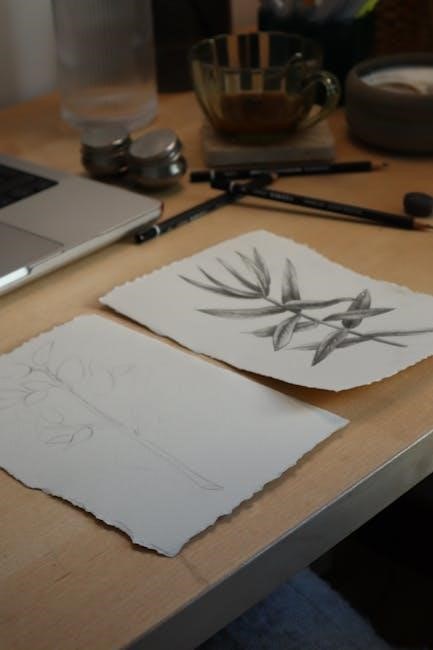
Art Portfolio Tools and Resources
Utilize free PDF templates and design software like Adobe to create professional portfolios. Explore online platforms such as Behance for hosting and showcasing your artistic work effectively.
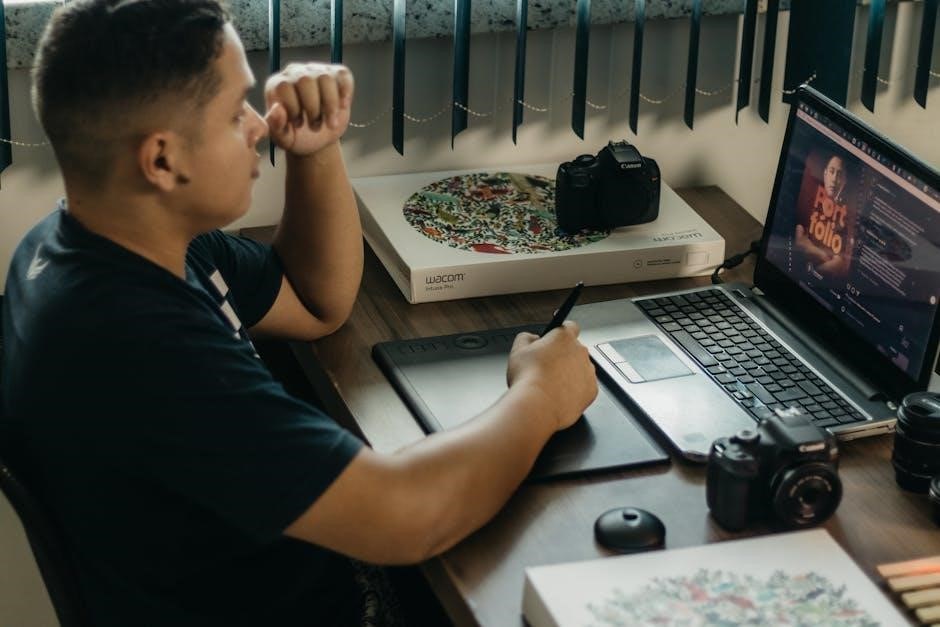
Free PDF Templates for Art Portfolios
Download customizable free PDF templates designed to help artists showcase their work professionally. These templates offer flexible layouts and modern designs, allowing you to tailor them to your artistic style. Whether you’re a student or a professional, these templates provide a structured format for organizing your artwork, ensuring a cohesive and visually appealing presentation. Many templates include placeholders for images, descriptions, and contact information, making it easy to highlight your creative process and skills. Platforms like Skillshare and Adobe offer a variety of free resources that cater to different art forms, from painting to photography. By using these templates, you can create a polished portfolio that stands out to galleries, schools, or potential employers.
Software for Creating Digital Portfolios
Utilize powerful software tools to craft stunning digital portfolios. Adobe InDesign is a top choice for designing professional layouts, while Canva offers user-friendly templates for quick creation. Procreate and Krita are ideal for artists creating digital art directly within the portfolio. Sketch is perfect for vector-based designs and UI/UX projects. These tools provide features like customizable layouts, image optimization, and collaboration options. Many software options also support exporting your portfolio as a high-quality PDF, ensuring compatibility with submission requirements. Whether you’re a graphic designer, illustrator, or fine artist, these programs help you present your work in a polished and professional manner, making it easier to impress galleries, schools, or potential employers.

Online Platforms for Portfolio Hosting
Host your portfolio online using platforms like Behance, Wix, and Squarespace, which offer customizable templates and easy-to-use interfaces. Format is another excellent option, specifically designed for photographers and artists; These platforms allow you to create a visually appealing digital portfolio that can be shared via a link. Many platforms also support PDF downloads, making it easy to provide a portable version of your work. Ensure your portfolio is responsive and loads quickly to enhance viewer experience. Regularly update your online portfolio to reflect new projects and artistic growth. These tools are essential for artists, designers, and creatives looking to showcase their work professionally and reach a broader audience.
A well-crafted art portfolio is essential for showcasing your creativity and skills. Use the resources and tips provided to create a standout portfolio that highlights your artistic journey and accomplishments.
Final Tips for Building a Standout Portfolio
To create a standout art portfolio, focus on showcasing your unique style and artistic evolution. Start by selecting your best and most cohesive work, ensuring it reflects your creative vision. Use high-quality images and consistent formatting to maintain a professional appearance. Consider adding a brief statement or captions to provide context for your pieces. Customize your portfolio to suit the specific application or audience, whether for art school, galleries, or job opportunities. Regularly update your portfolio to include new projects and refine your presentation. Finally, leverage digital tools and platforms to share your work widely, enhancing your visibility in the competitive art world. A polished and thoughtfully curated portfolio is your most powerful tool for success.

The Importance of Regular Updates
Regular updates are crucial for maintaining a dynamic and relevant art portfolio. As your skills evolve, your portfolio should reflect this growth. Updating ensures that your most recent and innovative work is showcased, keeping your audience engaged. Additionally, it allows you to refine your presentation and adapt to changing trends or requirements in the art world. Whether you’re applying to art programs or seeking professional opportunities, a current portfolio demonstrates your commitment and progress as an artist. By periodically reviewing and refreshing your work, you can ensure your portfolio remains a powerful representation of your artistic journey and capabilities.
